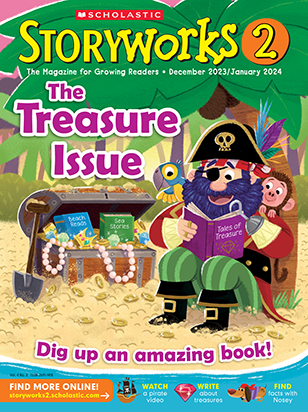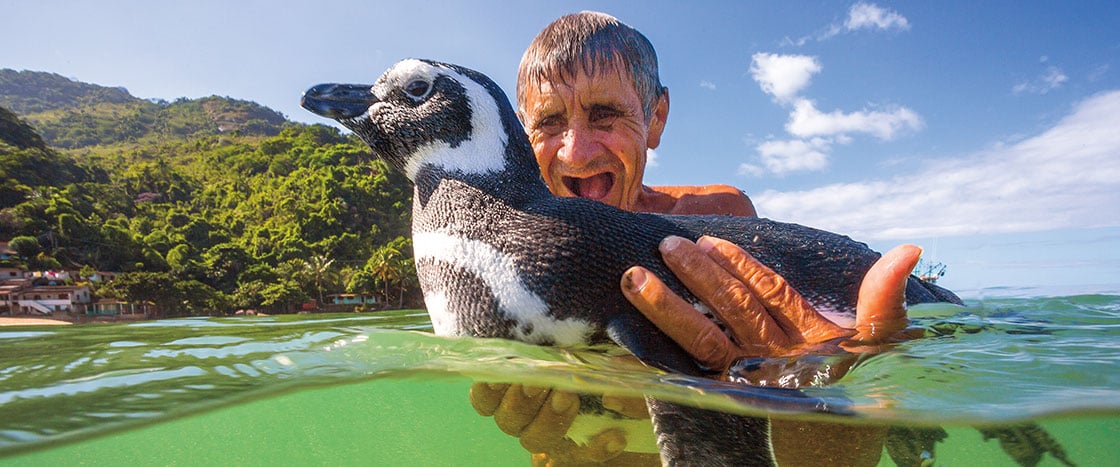The little penguin was sick. It was all alone on the beach. But this was a lucky little penguin. A kind old grandpa found it.
His name was João (juh-WOW). He lived by the beach.
When he found the penguin, it was covered in oil. It had been swimming in dirty, polluted water. It could barely move.
It needed the man’s help. Would the little penguin live?
A penguin was on the beach. It was sick. A kind grandpa found the penguin.
The penguin was covered in oil. It needed the man’s help.
The little penguin was sick and alone on the beach. But this was a lucky little penguin because a kind old grandpa discovered it.
His name was João, and he lived by the beach in Brazil.
When he found the penguin, it was covered in oil. It had been swimming in dirty, polluted water, and it could barely move.
It needed the man’s help. Would the little penguin survive?


